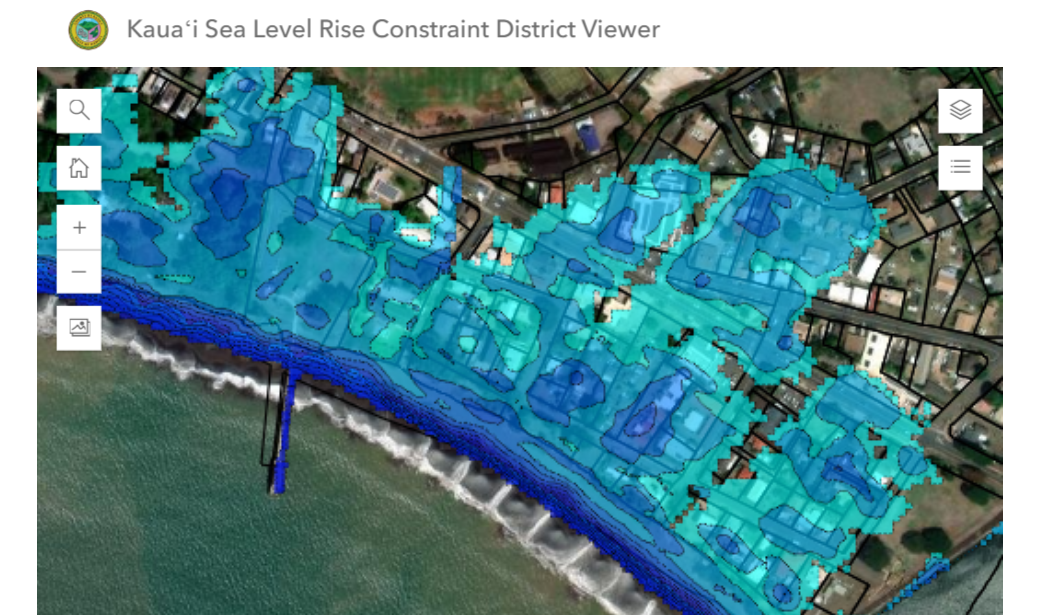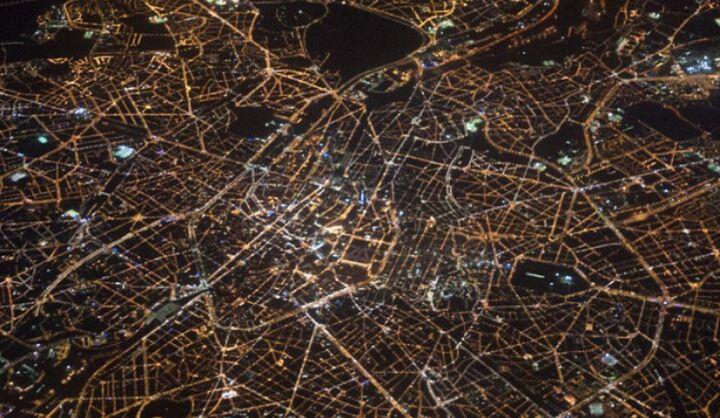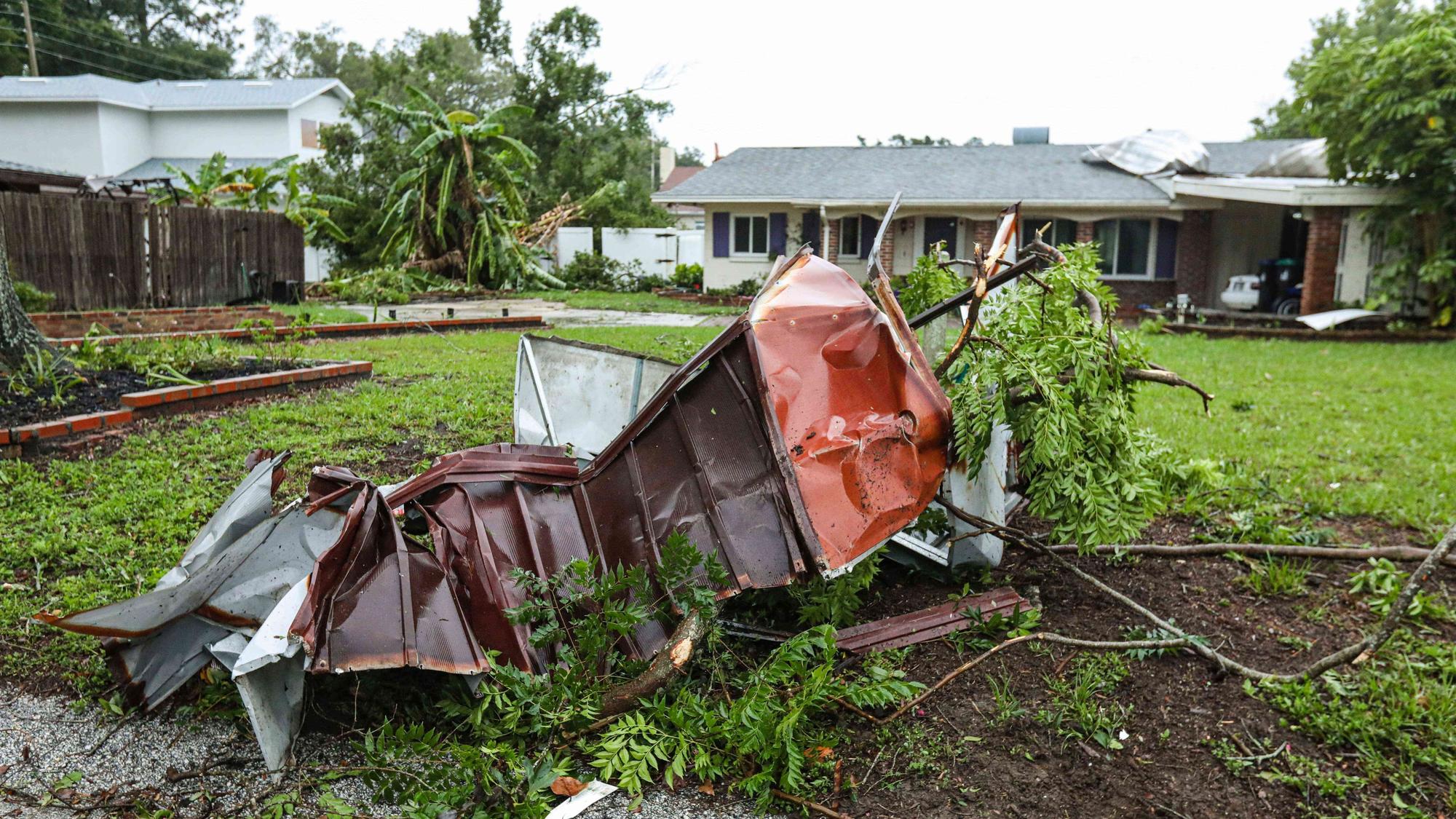- September 11, 2014
- Disaster Management
This post originally appeared on TechPresident.
When Hurricane Sandy hit New York nearly two years ago, it left devastation in its wake. Homes and livelihoods were lost, and the storm caused $19 billion in estimated damage. Small businesses were particularly hard hit. In an effort to encourage the development and deployment of scalable, replicable innovations that could help protect small businesses and communities be more resilient when the next Sandy-like storm arrives, the New York City Economic Development Corporation (NYCEDC) dreamed up the RISE:NYC competition. (Disclosure: I am a member of the advisory board for this effort, although EDC will be carrying out the evaluation of the projects and making all the decisions.) The RISE:NYC competition will result in a total award of up to $30 million, divided among projects that use innovative measures to strengthen key infrastructure, including the city’s energy systems, flood proofing, and telecommunications networks. In the first stage of the competition, over 100 applicants competed for a spot in the semi-finals. Thirty-seven innovators are now under consideration.
We know contests are great ways of sparking new ideas. We know that resiliency in the face of global climate change is a key challenge confronting cities around the world. But we also know that winners of government challenges don't always have the capacity to hang around for the long term. Now the question is whether the winners of the EDC challenge, whoever they turn out to be, will be able to make sustainable contributions to this local, regional, and global problem. It will help if the winners have internalized a key Internet principle: interoperability is a powerful force driving resiliency and sustainability.
EDC has made a number of decisions that may help on the sustainability front. Each finalist has had to show how its installation will help actual sites and real small businesses affected by Sandy, and project partners are often drawn from local businesses. A team of infrastructure, technology, and investment and finance experts will evaluate applicants' work based on how well it meets the needs and concerns of its community partners. And the funding awarded will include payment for the actual use of the technology for an initial period.
Finalists include energy technologies, floodproofing solutions, software products, and telecommunications/data services. One telecom finalist is Red Hook WiFi, a community-designed, community-built network in Red Hook that uses wireless mesh to provide resilient Internet access for small businesses in the neighborhood. Young community leaders are trained to build and maintain the network, and provide content for community websites that offer resources and information, including real-time updates during a power outage.
Other finalists focus on building structure: Flood Panel’s RIM+ Floodglass uses high strength glass and rigid metal frames to create flood-proof glass doors, windows, and store fronts. Energy solutions include Solatube, a technology that uses pipes to capture sunlight, which then light interior spaces without using electricity. Although NYC Daylighting, the company behind Solatube, lost its entire stock when Sandy hit, it has since recovered. UGE has three projects in the race, all of which rely on a power solution that uses solar and wind energy. The system can be used to provide uninterrupted power to small businesses, to serve micro BTS stations that act as nodes in a mobile communications network in event of emergency, and as a backup power source for multi-family residences.
The competition culminates in Technology Demo Night on October 7. The event, open to the public, will give finalists a chance to showcase their projects. Winners get to put their solution to work in a target area that was affected by Hurricane Sandy. EDC has a meta-goal: to further diversify the NYC economy by encouraging resiliency-related businesses to consider the city home.
Energy, telecom, and flood-related innovation is hard: new ideas have to simultaneously fit with and improve large, interwoven systems. The city itself is carrying out hundreds of programs that have to do with NYC's resiliency, and to implement any one of the very boldest ideas aimed at protecting our future would take far more than the entire $30 million EDC will invest. In order for the winners of the RISE:NYC competition to have a sustainable impact, they'll need to be clever. In my view, relatively straightforward interoperability -- the principle that made the Internet resilient -- is key to sustainability. How does a proposed piece of software allow other systems to work with it? How does a proposed piece of telecom infrastructure allow plug and play use, on the fly? Remember that railroads work because their tracks are built to a standard gauge; interoperability, in that context, was intentional and hard-won.
Real advances require easy replicability in order to survive. Through the competition, NYCEDC is hoping to benefit local buildings and infrastructure. Here's hoping that whoever wins comes up with innovations that other vulnerable communities--and other layers of infrastructure ecosystems--can easily adopt.




